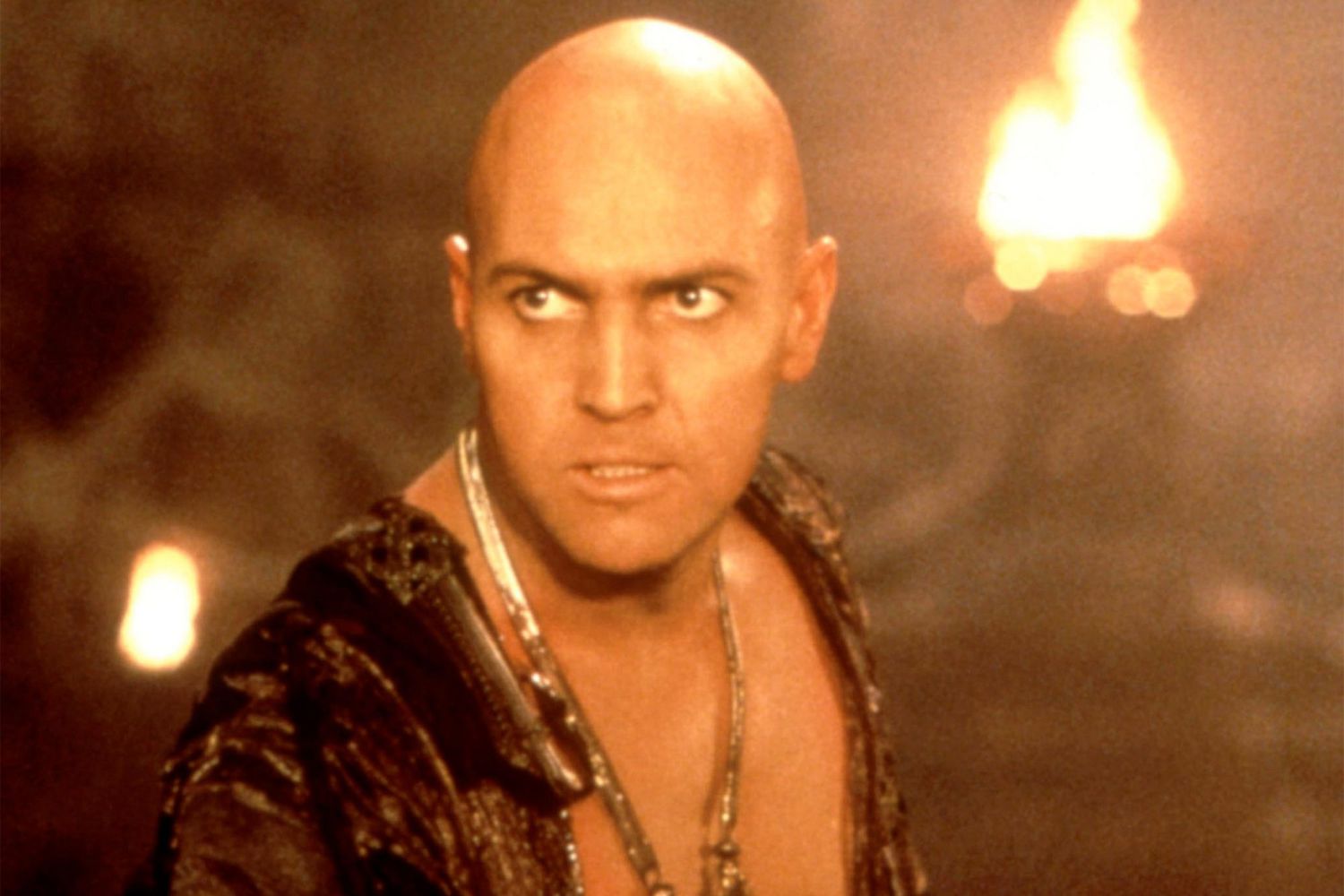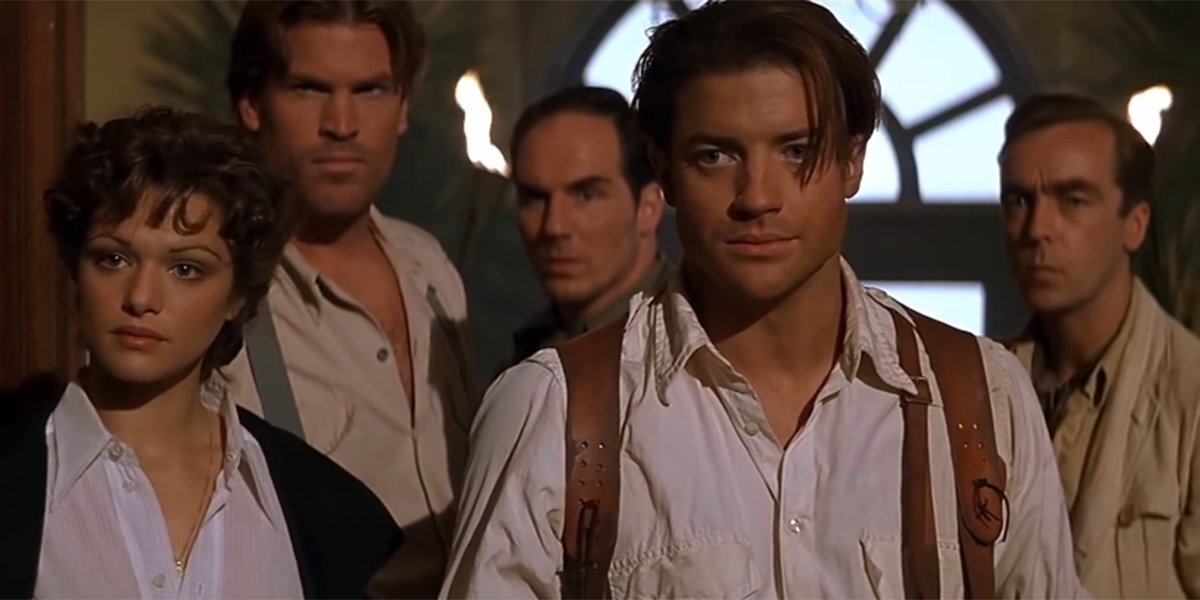
According to Poe, those immersed in ancient Egypt would be able to speak ancient Egyptian as a matter of course, as the mummy relates: One of those present is a historical figure, George Gliddon, known for conducting mummy unwrappings. The mummy, whose brain and internal organs were not removed, is revived by galvanism and engages in satirical banter with those present.

Portrait of Edgar Allen Poe after an engraving by Oscar Halling (photo: WikiMedia)Įdgar Allan Poe’s (1809-1849) short story Some Words with a Mummy(1845) is set at a mummy unwrapping party in the middle of the night. 30 centuries) is too great for the princess’ father to allow the couple to marry. Gautier notes “Then commenced between the Princess Hermonthis and her foot – which appeared to be endowed with a special life of its own – a very fantastic dialogue in a most ancient Coptic tongue, such as might have been spoken thirty centuries ago in the syrinxes of the land of Ser.” Fortunately, the protagonist is fluent in Coptic! Once again, language is not a communication barrier, but in this case the age difference (27 years vs. In The Mummy’s Footby Théophile Gautier (1811-1872), first published in France (1840) as Le pied de Momie, a young Frenchman falls in love with the Princess Hermonthis, who ventures to Paris to retrieve her mummified foot where it is being used as a paperweight. Portrait of Théophile Gautier by Théodore Chassériau (photo: WikiMedia) The mummy then hijacks a hot-air balloon, whose guardian notes “his deep hollow voice, speaking in a language he did not understand, fell heavily upon his ear, like the groans of fiends.” The balloon takes Cheops to London where he endures a crash landing, fittingly offering one of the first mummy’s curses in literature: “Curses on the wretches! - May Typhon’s everlasting vengeance pursue them with its fury, and may their hearts wither, gnawed by the never-dying snake!” British officials of the twenty-second century recognize the mummy’s Egyptian nature: “Its language and its dress bespeak its origin, but by what strange event it has been resuscitated?” In the end communication is not a problem in this future world, “for Father Morris, who, like all the English in those days, was an universal linguist.” By this means, apparently all languages became mutually intelligible. Have I entered Hades, or am I still on earth? - yes, yes, it is still the earth, for there the mighty Pyramid, I caused to be erected, towers behind me.” “Speak! let me hear the sound of another’s voice, before my brain is lost in madness. Once revived, the king cries out (in ancient Egyptian presumably):

Modelled after Mary Shelley’s Frankenstein (1818), it includes the re-animated mummy of the builder of the Great Pyramid, Cheops. One of the earliest published mummy stories is that by Jane Webb Loudon (1807-1858) entitled The Mummy! A Tale of the Twenty-second Century(1827). Portrait of Jane Webb Loudon (photo: WikiMedia) This connection between past and present cultures meant that there was a potential communication gap to address, but nineteenth century authors came up with a number of creative ways for dealing with their characters’ ability to understand the spoken ancient Egyptian language. These mummies were either revived by galvanism (electric shock) or were discovered when story protagonists were able to enter tombs which preserved fully-alive ancient Egyptian communities. The mummy of Ramesses III is among the best preserved from antiquity (Photo: WikiMedia) Guest Scribe: Steven Blake ShubertĪlthough we may be able to walk like an ancient Egyptian, the question is “can we talk like one?” Before the lumbering mummy monster made in the image of Frankenstein, a tradition of intelligent, speaking mummies appeared in nineteenth century fiction. Steven Shubert, share his expertise on the subject in a guest blog that takes a closer look at the history and enduring popularity of the mummy genre.

We are pleased to have the presenter, Dr. For Halloween last year, the Nile Scribesattended a talk given in Toronto on the mummy in nineteenth century fiction.


 0 kommentar(er)
0 kommentar(er)
